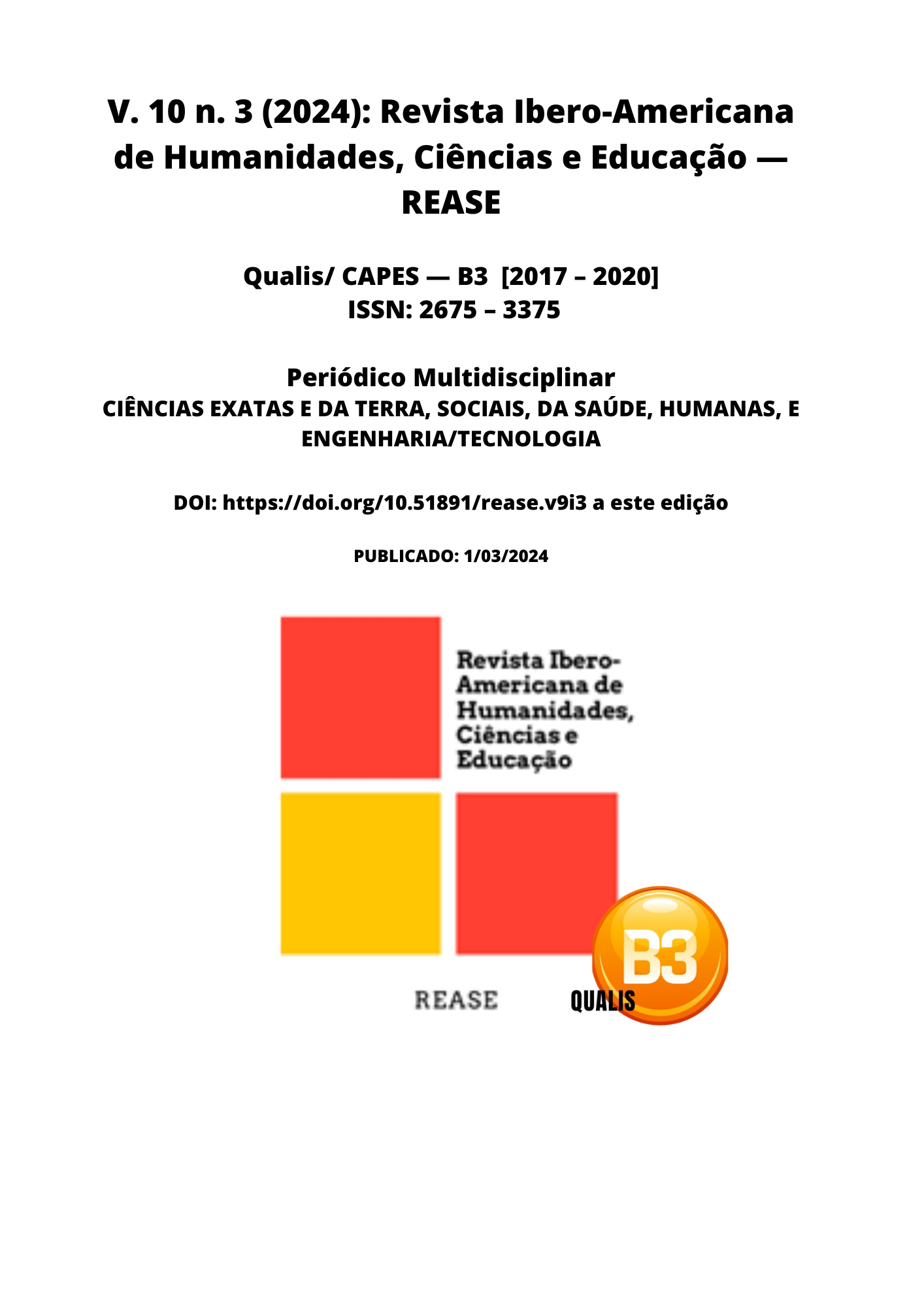ADVANCES IN EARLY DETECTION OF OVARIAN CANCER: PROMISING STRATEGIES TO IMPROVE DIAGNOSIS AND PROGNOSIS
DOI:
https://doi.org/10.51891/rease.v10i3.13221Keywords:
Biomarkers. Imaging technology. Genetic testing.Abstract
Ovarian cancer continues to be one of the leading causes of cancer-related mortality in women worldwide, largely due to a lack of effective early detection methods. This review presents a comprehensive analysis of recent advances in the early detection of ovarian cancer and examines promising strategies to improve the diagnosis and prognosis of this disease. Among the main findings, the identification and validation of specific biomarkers stands out, such as CA-125, HE4 and OVA1, which demonstrated the ability to distinguish between benign and malignant tumors and predict the risk of developing ovarian cancer in asymptomatic women. Furthermore, advances in imaging technology, such as magnetic resonance imaging (MRI), computed tomography (CT), and transvaginal ultrasound (TV-US), offer new opportunities for early detection and characterization of ovarian lesions. Analysis of genetic and molecular testing also revealed important insights, highlighting the importance of identifying specific genetic mutations associated with ovarian cancer. However, despite significant advances, challenges persist, including the need to improve the sensitivity and specificity of biomarkers and imaging techniques, as well as ethical issues related to equitable access to genetic testing. However, with a continued commitment to translational research and multidisciplinary collaboration, there is hope that these advances may eventually translate into significant improvements in clinical outcomes and survival for ovarian cancer patients.
Downloads
Downloads
Published
How to Cite
Issue
Section
Categories
License
Atribuição CC BY

